Seward's Little Bell
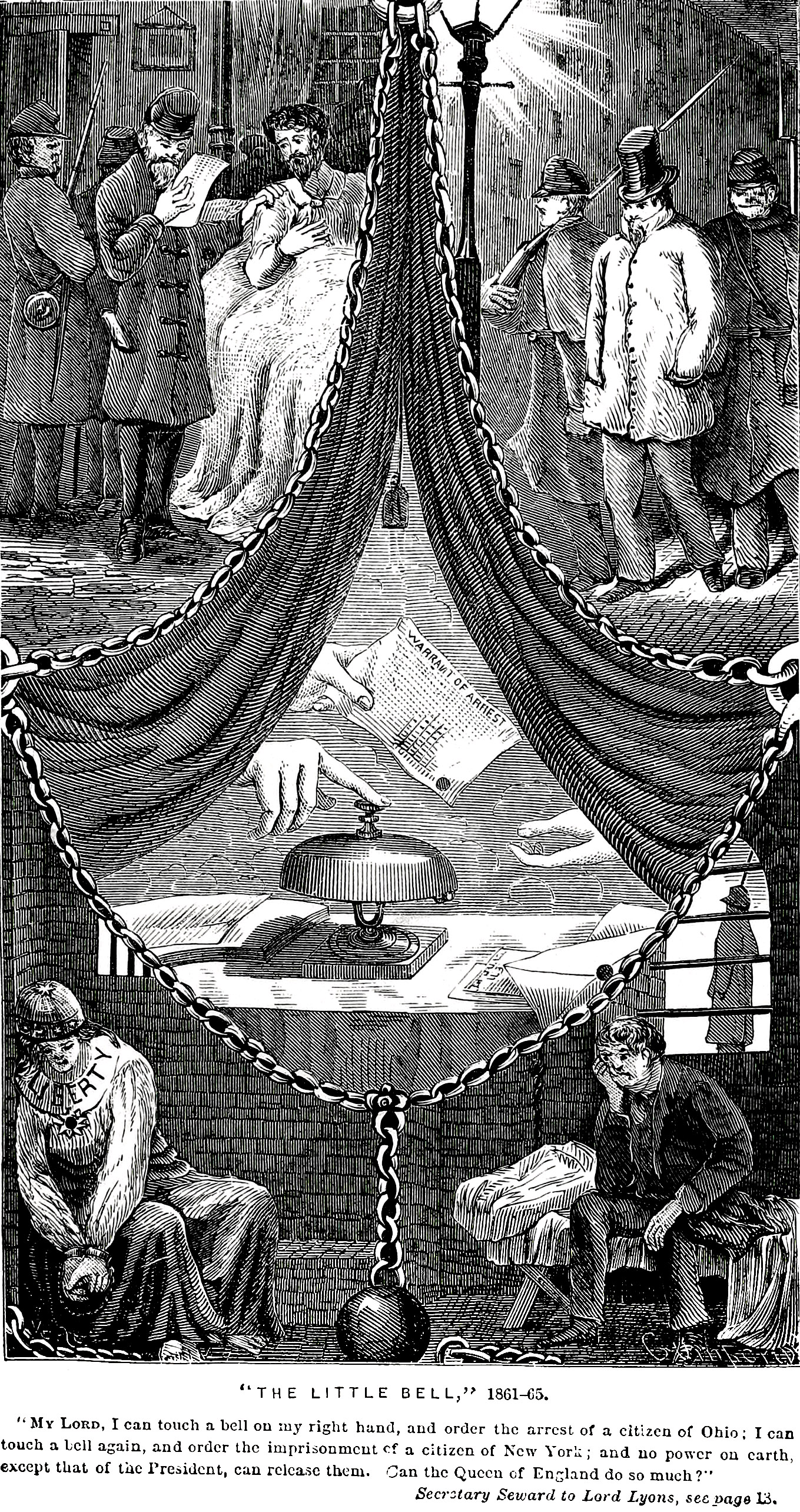
“MY LORD, I can touch a bell on my right hand, and order the arrest of a citizen of Ohio; I can touch a bell again, and order the imprisonment of a citizen of New York; and no power on earth except that of the President, can release them. Can the Queen of England do so much?” Secretary Seward to Lord Lyons
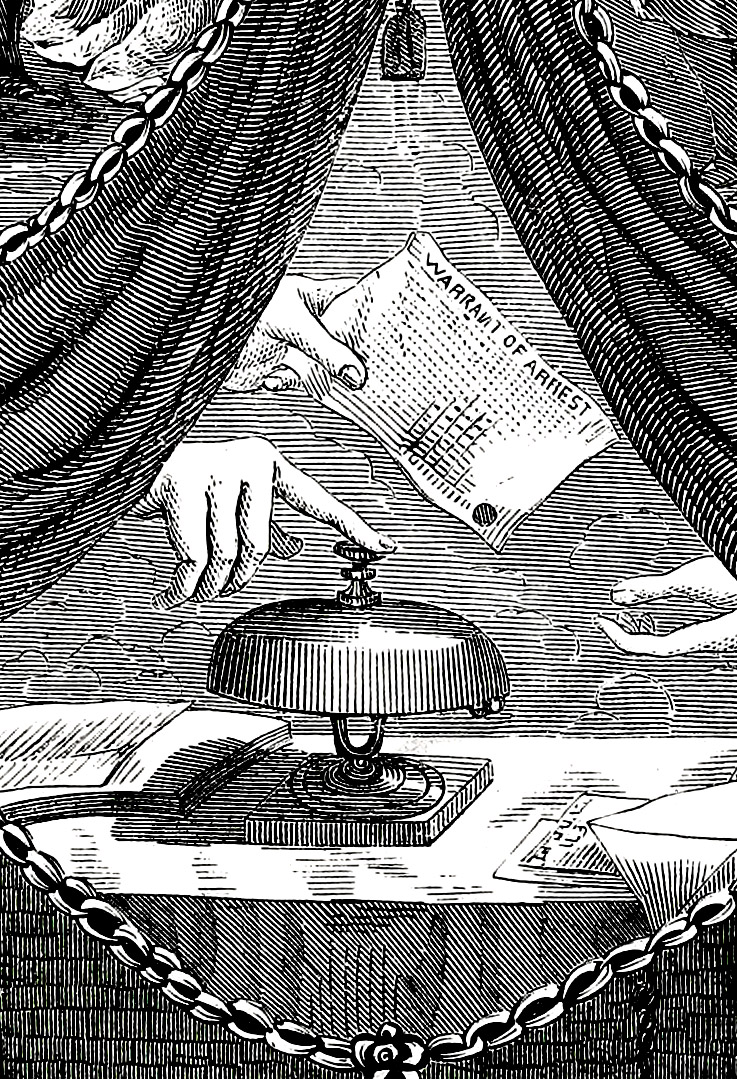
The first scene, or centre, represents the private office of Secretary Seward in the State Department. The hand of an unseen person, with the forefinger on the bell, is that of the Hon. Secretary, whose left contains an order for the arrest of a citizen, which is about being received for execution by the hand of an unknown Marshal.
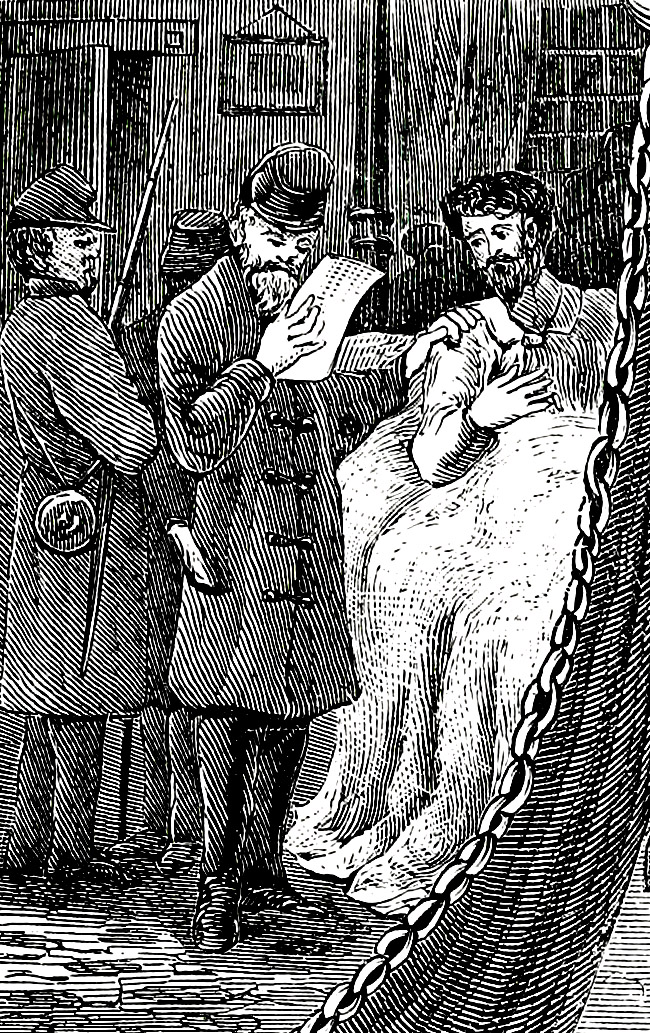
In the second, or upper left corner, is seen the arrest of the victim in his bed, by the Marshal, on the authority of this winged messenger. A guard is stationed in the chamber door to prevent the egress or ingress of the family or friends.
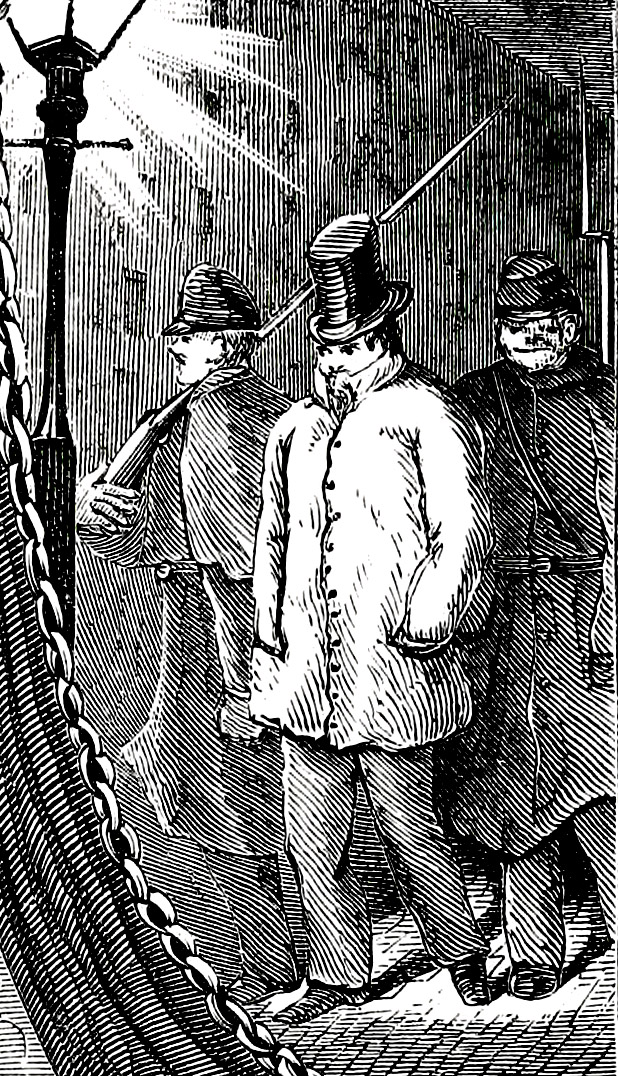
In the third, or the upper right corner, the same citizen is seen in the custody of two soldiers, who are taking him toward his place of imprisonment. This practice, Mr. Seward, the American Inquisitor General, adopted from the Spanish Inquisition; which made all arrests by night that no traces of the missing person might exist.
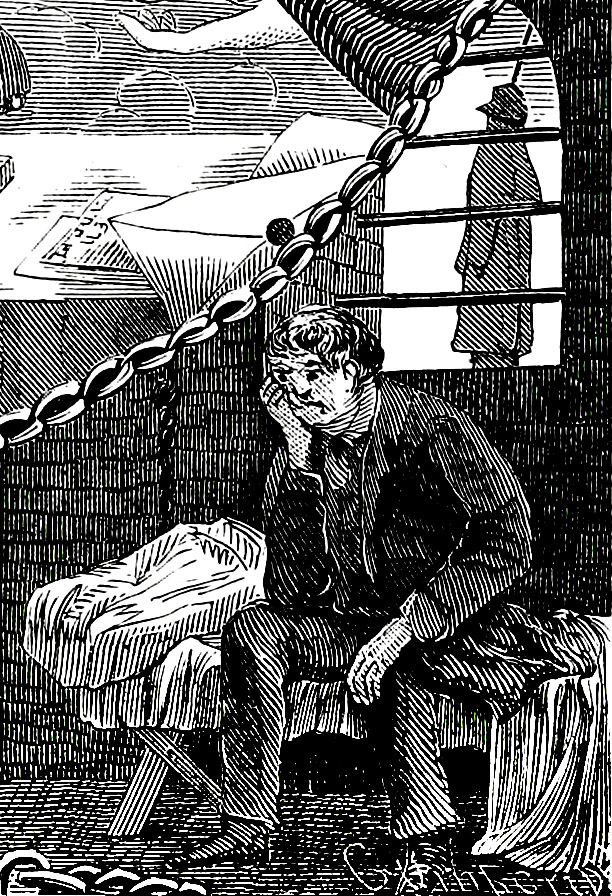
The fourth, or lower right corner, presents the interior of a cell, with the emaciated form of the victim, sitting on his pallet, guarded by a sentinel.
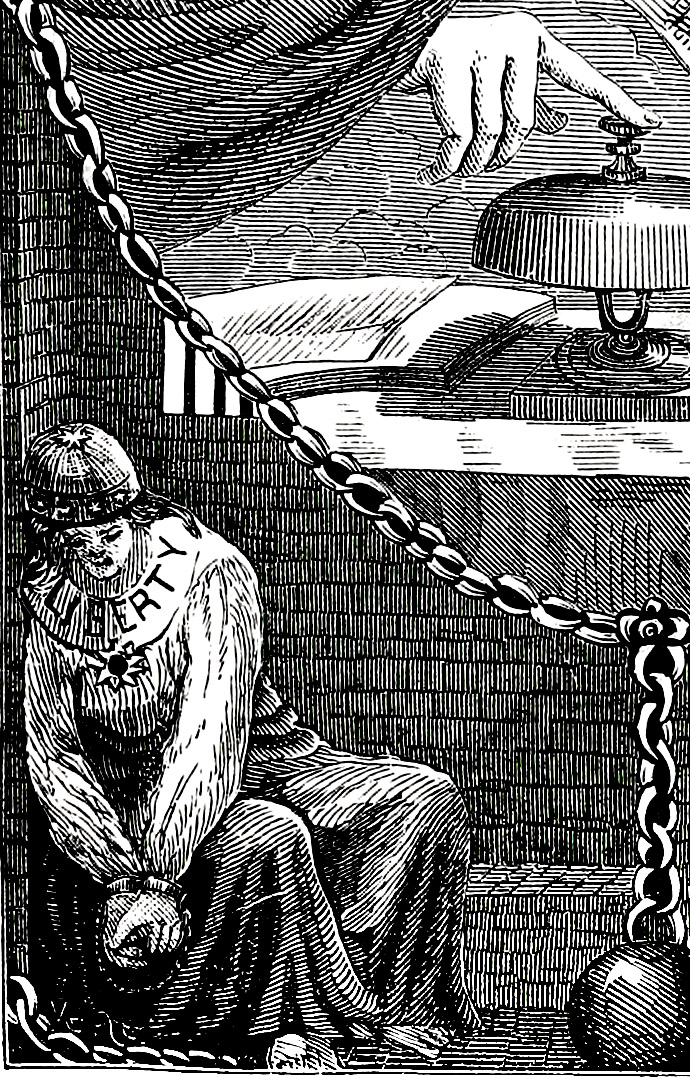
The last, or lower left corner, is the interior view of another cell, in which “Liberty in shackles weeps.”
from: American Bastille: a history of the illegal arrests and imprisonment of American citizens during the late Civil War by John A. Marshall, 1871.